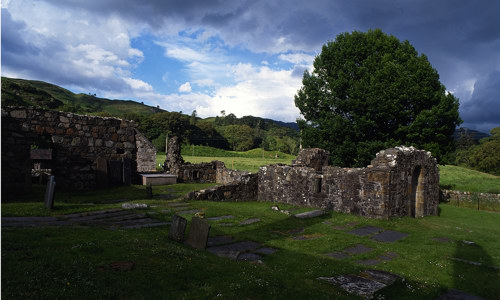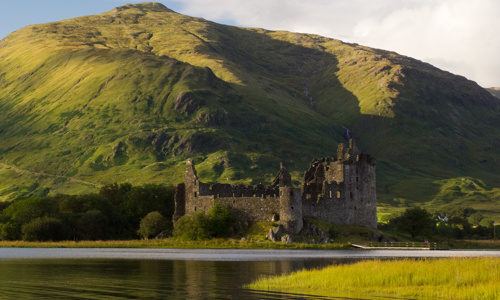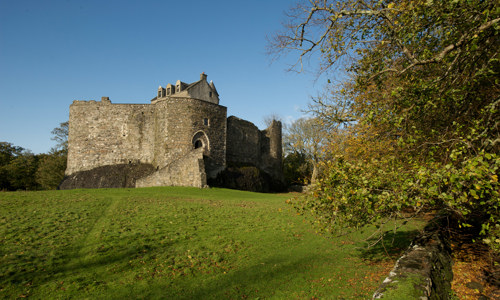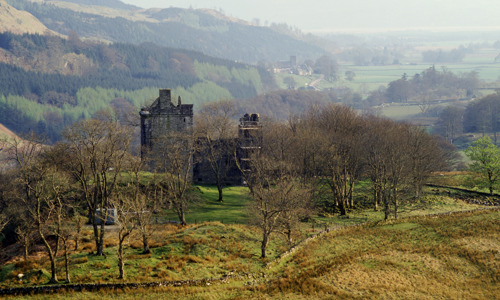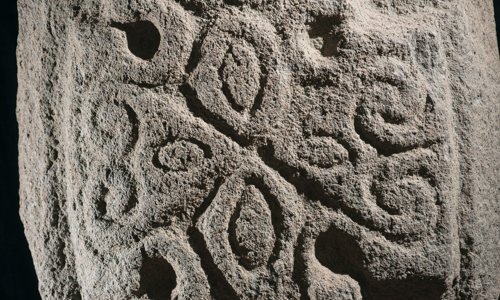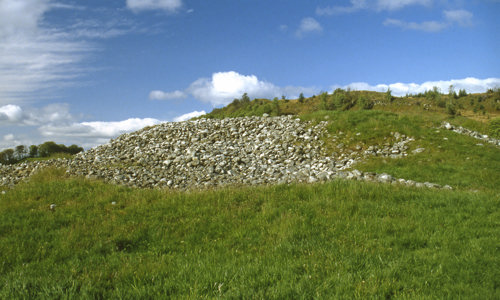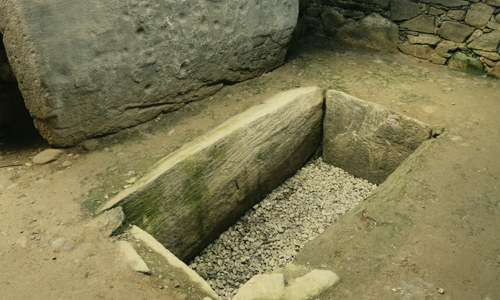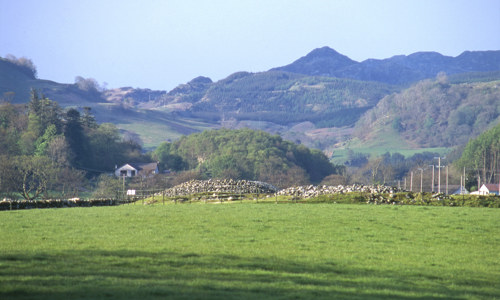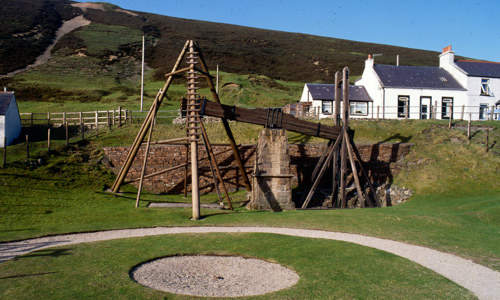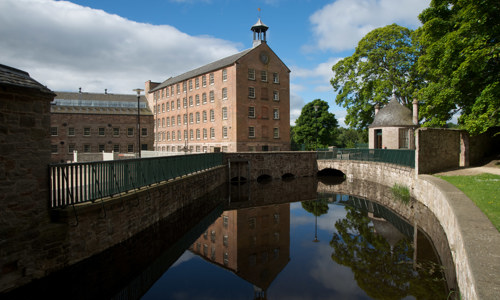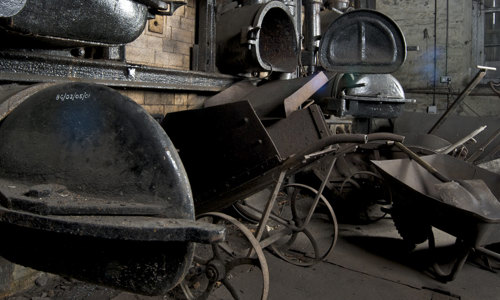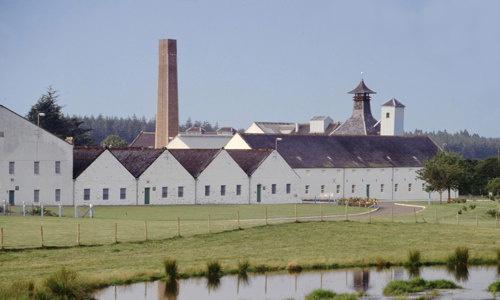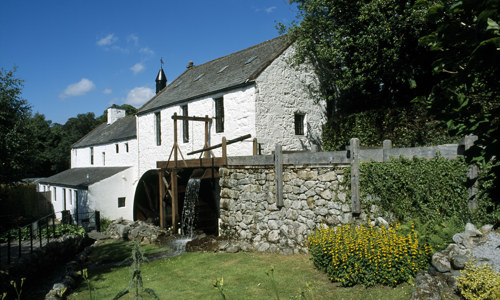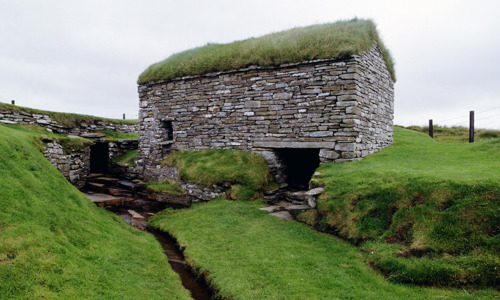History
Bonawe is the most complete charcoal-fired ironworks in Britain.
It was opened in 1753, by a Cumbrian ironmaster. He was drawn to Bonawe chiefly because of Argyll’s extensive woodland, which guaranteed an almost endless supply of charcoal. Plenty of water for powering the huge bellows was an added bonus.
Iron ore was imported from Cumbria, limestone from North Ireland and charcoal from across Argyll.
The ironworks proved successful. In its heyday, the furnace produced up to 700 tons of pig iron a year and employed more than 600 people.
Bonawe outlasted all of the other Scottish ironworks that used charcoal as fuel. When it finally closed in the 1870s, only Backbarrow (Cumbria) remained operational.
Blast from the past
The entire manufacturing process can be traced at Bonawe:
- lade – brought water from the River Awe onto the waterwheel to power the bellows
- two vast charcoal sheds – dry storage for enormous quantities of fuel
- iron ore shed – storage for imported haematite ore as well as limestone (to remove impurities during smelting)
- charging house – where the raw materials were weighed and carefully loaded into the furnace mouth
- furnace, blowing-house and casting-house – where the iron ore was smelted by cold blast into pig iron
- Bonawe House – built for the manager (now a private house)
- two blocks of housing – for furnace workers and their families
- Lorn Quay – where most of the raw materials were landed, and where all finished products were loaded for distribution
A huge workforce
Bonawe employed hundreds of workers. Most were local people, who spoke Gaelic. Around 600 were employed as ‘gualadairean’ (charcoal-burners). They cut the wood, stacked it in pyres and fired it to make charcoal. The work was seasonal and they lived in the woods in turf or wooden huts.
Forests near and far supplied Bonawe with charcoal. Visit the nearby Glen Nant National Nature Reserve to see the old coppiced woodland.
About 20 furnace workers were originally brought up by the company from Cumbria and were given many privileges: stone houses, allotments with grazing rights, and schooling for their children. They spoke only English, so communication must have been difficult at first.
The furnace men worked hardest in winter, when the furnace rarely stopped, and spent the summers repairing and renewing the ironworks.
A proud workforce
Bonawe’s main product was pig iron for export. But the furnace made cannonballs during the Napoleonic Wars.
The workforce was the first in Britain to erect a monument to the memory of Admiral Nelson, who died at the Battle of Trafalgar in 1805. It still stands on a hillock north of Muckairn churchyard, in Taynuilt, but the Cumbrian slate plaque is on display at Bonawe.
Natural history
Unimproved grassland and semi-natural ancient woodland are nationally recognised for their importance as natural habitats. Bonawe has plenty of such ground away from the main production area.
Notable plants at Bonawe include:
- dog’s mercury
- goldenrod
- ragged Robin
- giant bellflower
- orchids


